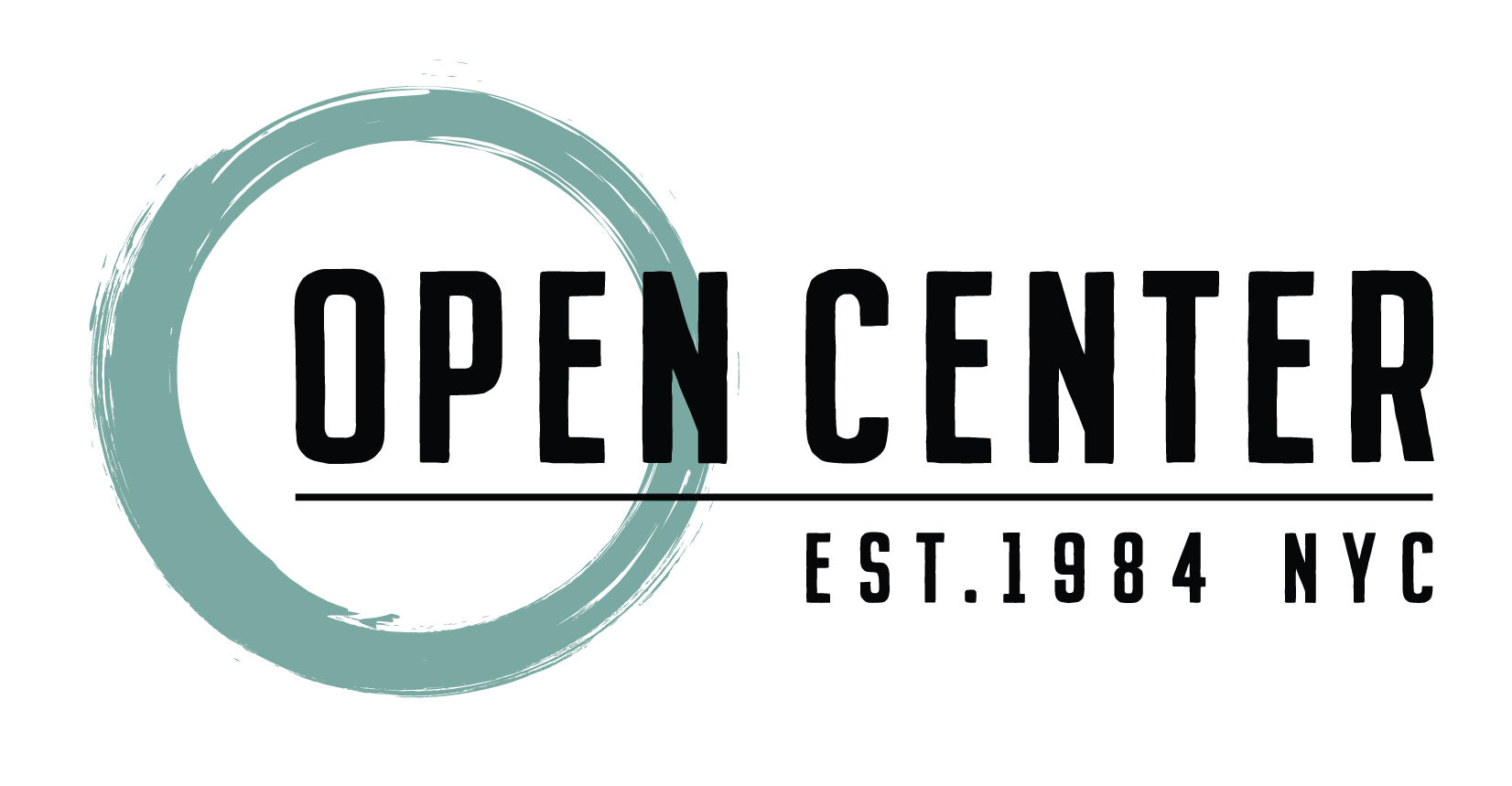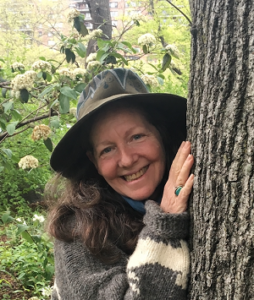Humans have always loved to get together and celebrate. The oldest celebrations of all were the Earth holidays, marking the seasons and cycles of change that were evident on the Earth.
At the autumnal equinox in September and the vernal equinox in March, the day and night are of equal length.
(Equi=equal, nox= night.)
The difference, of course, is that in autumn the days that follow will get shorter and the nights will grow longer, while in the season of spring, the light is returning; the days are growing longer, and will continue to lengthen each day until the peak of light is reached; the zenith of light occurs at the summer solstice.
The paradox and duality of life on Earth is revealed in these holidays, for at the peak of light, the dark is returning, and at the peak of darkness, the longest night, Winter Solstice, the light is beginning to rise. Another way to look at the duality is to remember that one region’s spring equinox, in New York, for example, is another area’s autumn equinox, for example in Melbourne, Australia.
When we humans participate in rituals to help turn “the wheel of the year” we experience that we embody these dualities, and that we, too, are intimately tied to the natural rhythms of the Earth, to the inbreath and outbreath, and no matter where we live, even in the very heart of the “concrete jungle” of the city, the heartbeat of the Earth is underneath us, beating the rhythms of life.



